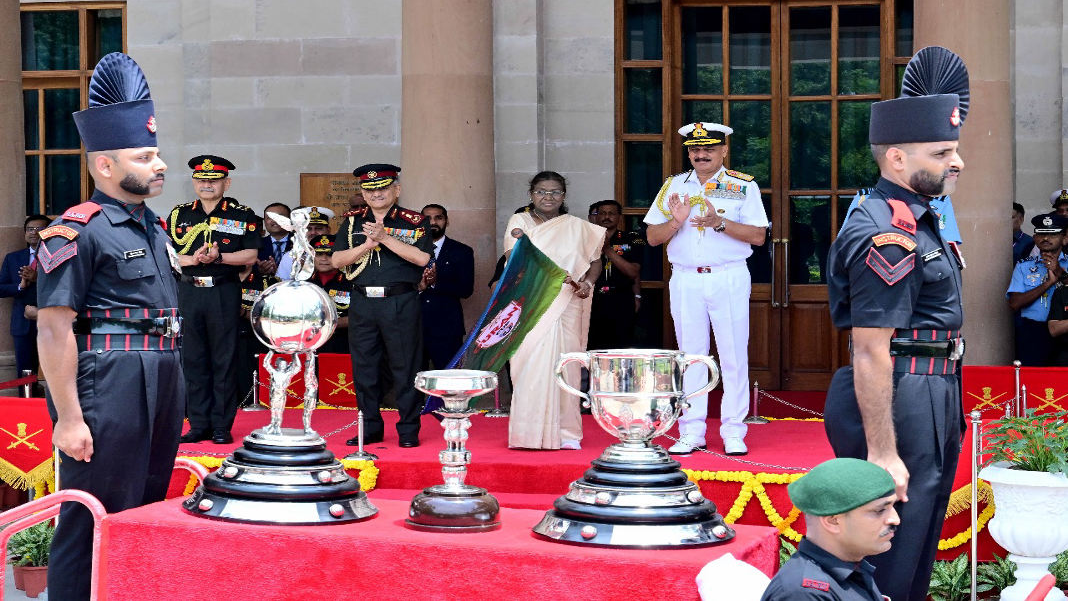

As the 134th edition of the Durand Cup kicks off, it marks another chapter in the storied history of a tournament that is woven into the very fabric of Indian football. Established in 1888, it is the oldest football competition in Asia and the third oldest in the world. For over a century, it was the most prestigious prize in the nation's football calendar, a benchmark for greatness that has since evolved, reflecting the changing landscape of the sport in India.
The tournament owes its existence to Sir Mortimer Durand, a British diplomat in India. It was initially conceived as a form of recreation for British troops stationed in the subcontinent. The first edition, held in the picturesque meadows of Shimla, was an all-British affair, contested by regimental teams with full military pomp and pageantry, often with the Viceroy of India in attendance.
The character of the tournament began to change in 1922 when Mohun Bagan, a civilian club from Calcutta, became the first Indian team to participate. While the barefoot Indian teams initially struggled against their well-equipped British counterparts, their inclusion paved the way for a new era.
A pivotal moment arrived in 1940, the same year the tournament moved from Shimla to Delhi. In a final played before a crowd of 100,000, another Calcutta-based club, Mohammedan Sporting, defeated the Royal Warwickshire Regiment 2-1. This historic victory broke the British monopoly on the trophy and signaled a definitive shift in the power dynamics of Indian football.
After a hiatus due to World War II and the partition of India, the Durand Cup resumed in 1950, entering what many consider its golden era. The President of India took over the role of the chief guest, and the tournament became the ultimate prize for civilian clubs. For the next four decades, the greatness of players and clubs was often measured by their success in the Durand Cup.
The post-independence era was dominated by Indian clubs. Calcutta giants Mohun Bagan and East Bengal became the tournament's most successful teams, with 17 and 16 titles respectively. Other formidable sides, like the Border Security Force team and the Hyderabad City Police, also left their mark on the competition's history.
The tournament's status began to wane in the 1990s. The rise of cricket as the nation's dominant sport, coupled with the increasing television exposure of top-tier European football leagues, led to a decline in public interest.
The emergence of new, professionally structured leagues—first the I-League and later the Indian Super League (ISL)—further eroded the Durand Cup's standing. Top clubs began to prioritize the new leagues, often sending their B-teams to the historic tournament or skipping it altogether.
In the end, while the Durand Cup no longer holds the undisputed top spot in Indian football, its legacy is undeniable. It has transitioned from the pinnacle of the sport to a prestigious pre-season tournament, still capable of attracting big teams and providing a platform for them to prepare for the domestic season. Its 134th edition is a testament to its incredible resilience and its unique place in the heart of Indian sporting history.